Re: Africa Wild Flower Book - Order Asterales
Posted: Mon Jan 20, 2014 2:41 am
Common Dandelion Taraxacum officinale
Order: Asterales. Family: Asteraceae

Description
The dandelion grows from unbranched taproots and produces one to more than ten stems that are typically 5 to 40 cm tall but sometimes up to 70 cm tall. The stems can be tinted purplish, they are upright or lax, and produce flower heads that are held as tall or taller than the foliage. The leaves are oblong or obovate in shape with the bases gradually narrowing to the petiole. The florets number 40 to over 100 per head, having corollas that are yellow or orange-yellow in color. The silky pappi, which form the parachutes, are white to silver-white in color and around 6 mm wide. Plants have milky sap and the leaves are all basal, each flowering stem lacks bracts and has one single flower head. It blooms from March until October.
Distribution
Common dandelion is native to Eurasia, and now is naturalized throughout North America, southern Africa, South America, New Zealand, Australia, and India.
Habitat
It can be found growing in temperate regions of the world, in lawns, on roadsides, on disturbed banks and shores of water ways, and other areas with moist soils.
Order: Asterales. Family: Asteraceae

Description
The dandelion grows from unbranched taproots and produces one to more than ten stems that are typically 5 to 40 cm tall but sometimes up to 70 cm tall. The stems can be tinted purplish, they are upright or lax, and produce flower heads that are held as tall or taller than the foliage. The leaves are oblong or obovate in shape with the bases gradually narrowing to the petiole. The florets number 40 to over 100 per head, having corollas that are yellow or orange-yellow in color. The silky pappi, which form the parachutes, are white to silver-white in color and around 6 mm wide. Plants have milky sap and the leaves are all basal, each flowering stem lacks bracts and has one single flower head. It blooms from March until October.
Distribution
Common dandelion is native to Eurasia, and now is naturalized throughout North America, southern Africa, South America, New Zealand, Australia, and India.
Habitat
It can be found growing in temperate regions of the world, in lawns, on roadsides, on disturbed banks and shores of water ways, and other areas with moist soils.

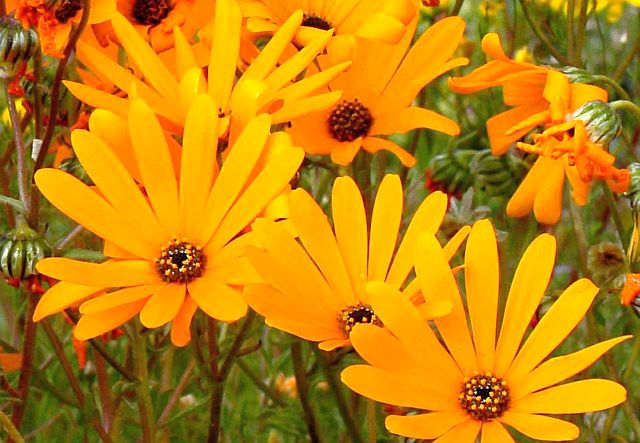
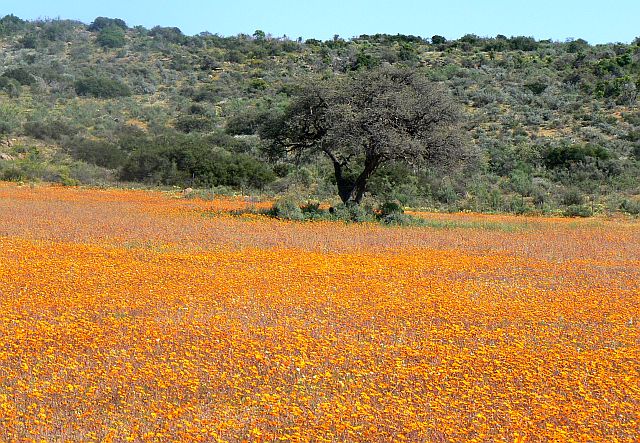
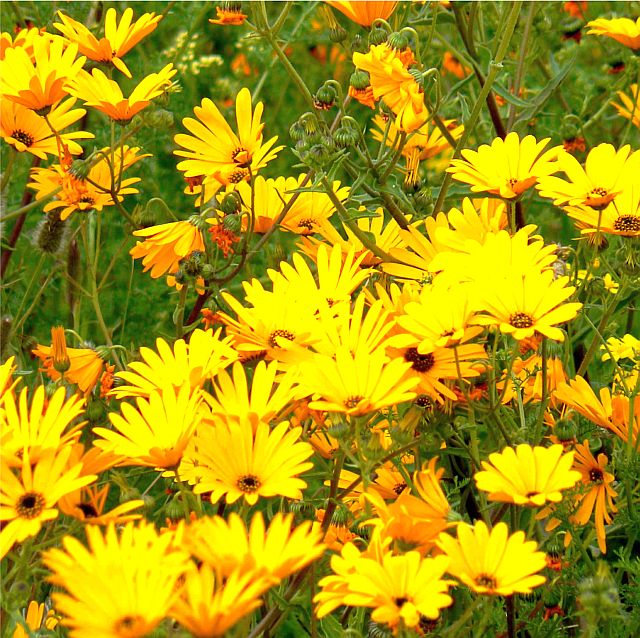
 © leachy
© leachy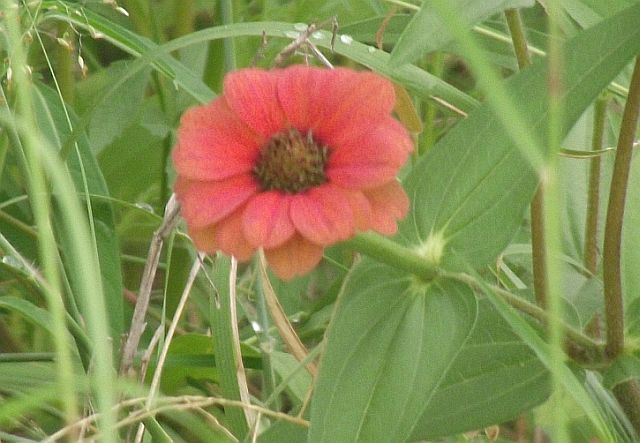 © mposthumus
© mposthumus © Super Mongoose
© Super Mongoose © Lisbeth
© Lisbeth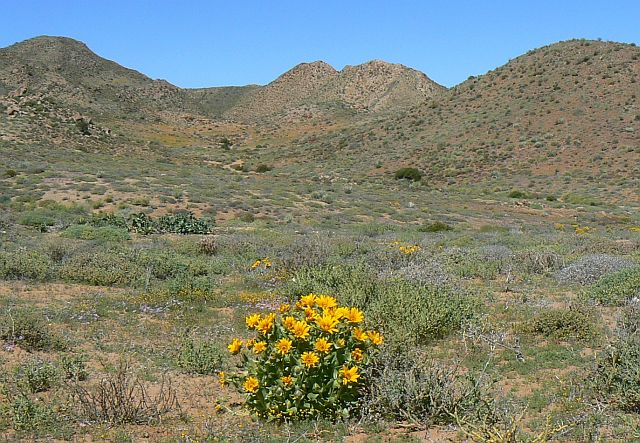

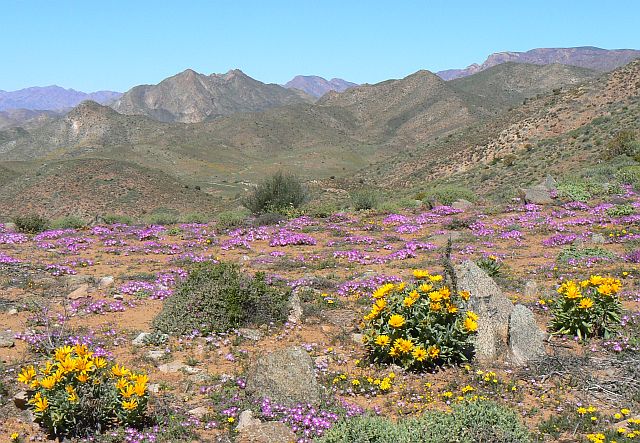
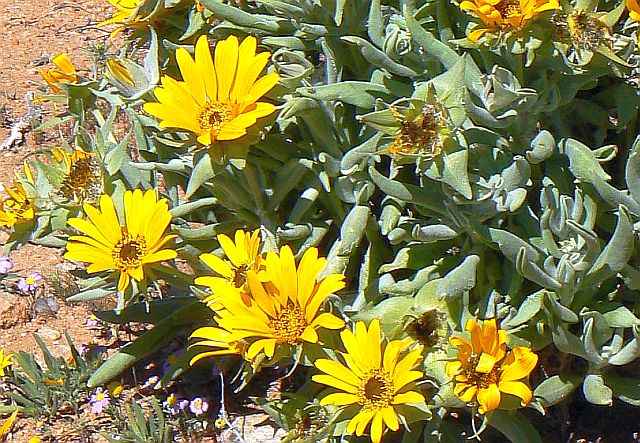
 © Lisbeth
© Lisbeth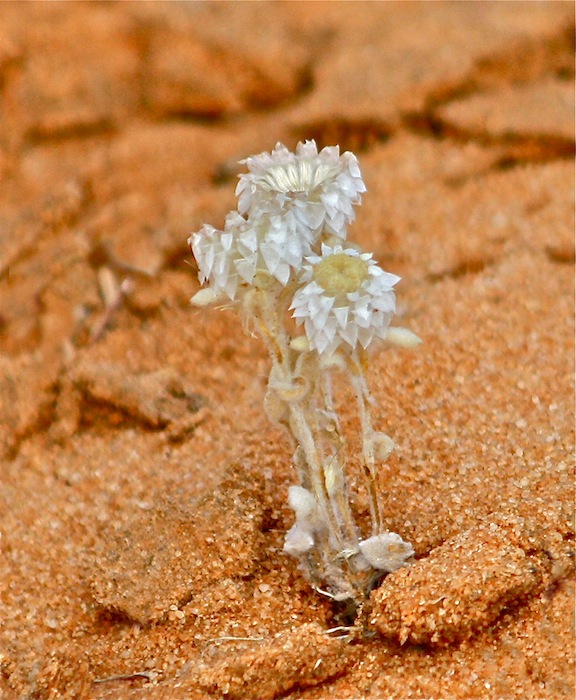




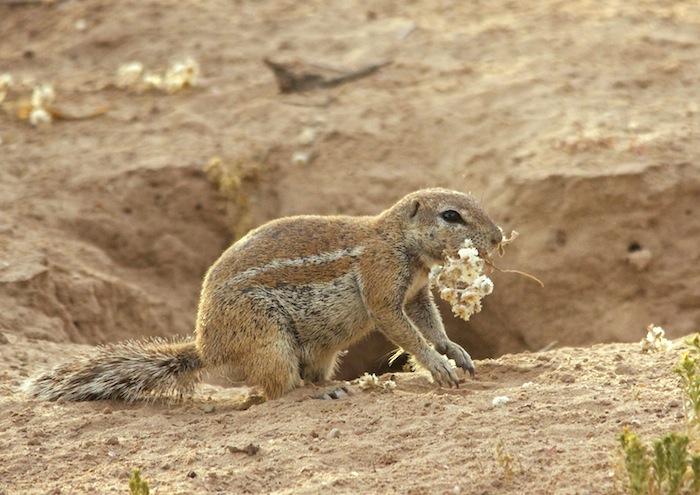
 © Tina
© Tina © Tina
© Tina © Tina
© Tina